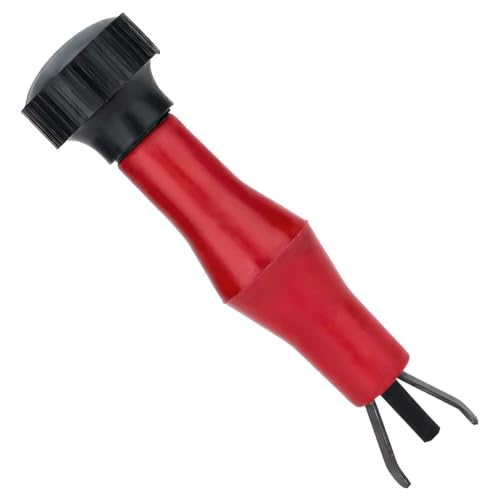I just did a cooling flush and change...and when checking afterward, after a minute it will suddenly heat up quickly.
I've never done a coolant change before so I might have messed something up. When I did the water flush through it didn't have this problem...
System was completely drained...after the normal radiator cap removal and drain plug, I put the cap back on then pressurized the venting hose (the one that comes off the overflow tank and goes to the ground) to remove all fluid from the overflow tank.
Not sure what to do, I removed the radiator cap and let it warm and after a minute or two I can hear the gurgling and coolant will start to sputter out, I assume driven by boiling down on the radiator or cooling sleeve. Also tried rocking bike back and forth.
I've never done a coolant change before so I might have messed something up. When I did the water flush through it didn't have this problem...
System was completely drained...after the normal radiator cap removal and drain plug, I put the cap back on then pressurized the venting hose (the one that comes off the overflow tank and goes to the ground) to remove all fluid from the overflow tank.
Not sure what to do, I removed the radiator cap and let it warm and after a minute or two I can hear the gurgling and coolant will start to sputter out, I assume driven by boiling down on the radiator or cooling sleeve. Also tried rocking bike back and forth.

































